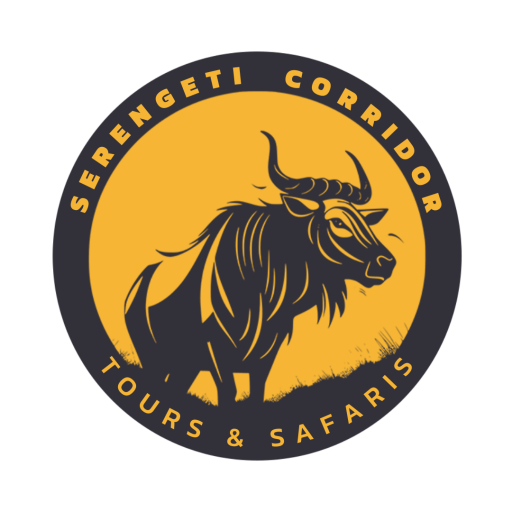Wildebeest Migration
Join us for an unforgettable journey to witness the Great Wildebeest Migration, one of the Earth’s largest and most dramatic wildlife phenomena. Each year, over 1.5 million wildebeest, accompanied by hundreds of thousands of zebras and antelopes, traverse the vast plains of the Serengeti in Tanzania to the Maasai Mara in Kenya in search of fresh grazing grounds. This epic journey is fraught with peril: predators, including lions, hyenas, and crocodiles, make their presence felt, adding drama to this incredible natural spectacle.
Viewing Tips
To experience the migration fully, timing and location are key. The herds move in a relatively predictable pattern, although exact timings vary each year:
December to March: Calving season in the Southern Serengeti, where vast herds congregate and newborns take their first steps.
April to June: The herds move northward, facing rivers and rain-soaked plains.
July to September: River crossing season, the most dramatic part of the migration, featuring perilous crossings over the Grumeti in Tanzania and the Mara River in Kenya.
October to November: The herds move back south from the Maasai Mara to the Serengeti to start the cycle anew.
Each phase offers unique experiences, from calving and initial grazing to the dramatic river crossings and the tense interaction with predators.
Safari Packages
We offer several migration-focused safari packages that cater to all preferences:
Classic Migration Safari: 7 to 10 days following the herds from the Southern to Northern Serengeti.
River Crossing Special: 5 days focused on witnessing the dramatic river crossings in Northern Serengeti or Maasai Mara.
Calving Season Spectacle: A gentler 5-day tour in the Southern Serengeti to witness the birth of thousands of wildebeest.
Learn about the vital role that sustainable tourism plays in conserving the Serengeti ecosystem. Your participation in our safaris supports local conservation initiatives aimed at protecting the wildlife and habitats involved in the migration. We partner with local communities and conservation organizations to ensure that the benefits of tourism also support wildlife research and provide tangible returns to the local people, helping them to protect these magnificent animals for future generations.

